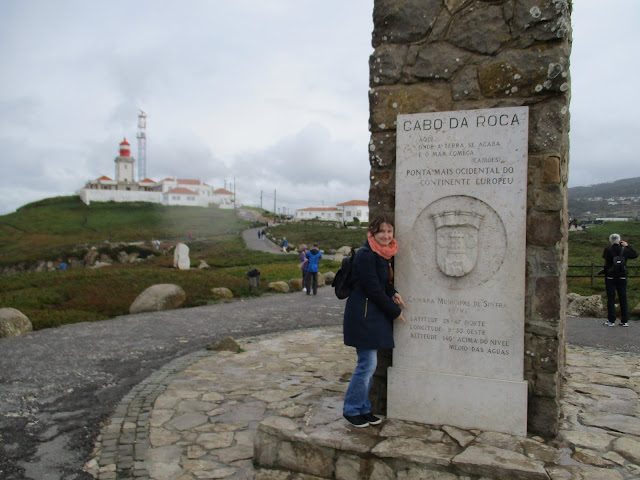Our bus arrived at Split main bus station at around 9:45 p.m. The sun has already set, leaving us only the next day for city exploration. However, the first hour in the largest city of Dalmatia managed to find a lodgment in my memory.
Autobusni kolodvor of Split is located near the coast, therefore you can start your acquaintance with the second largest city of Croatia by strolling along the shore, looking at the port and passing by numerous souvenir shops and bakeries which still work despite the lateness of the hour. Although Split is 8 times smaller than Zagreb and has 4.5 times smaller population, you will not believe in it from the very first minute there. Even in the evening you will meet lots of people outdoors. Streets seem to be wider than in the capital, and the traffic looks heavier. We had to walk for around 3 kilometers to reach the hotel, "Rooms dr. Franjo Tuđman".
It took us around half an hour to get to the desired place but when we were almost going to check in and to finally have a rest after a long day, we didn't find the hotel at the place where it was supposed to be. There was some university instead. In contrast to the center of the city, this area was dark and deserted. In addition, it was far from flat. Climbing the stairs with luggage is not a great experience especially when you're not sure what exactly you are searching. After trying several doors and making a full circle around the building with the proper address, we decided that it's time to call the hotel hoping that they can explain how to find them. I was dialing the phone number, and suddenly somebody yelled at us: "Hey, do you need help?" How I love such moments! The same happened to me before several times, namely in Jyväskylä and in Helsinki two years ago. I was staring at the map when people passing by offered their help voluntarily. This time luck was on our side: two young frenchmen were staying at the same place and gently accompanied us to the reception. Unexpectedly, "Rooms dr. Franjo Tuđman" turned out to be a dormitory. However, this was a reason not to turn upset but to envy local students.
To begin with, the reception is a vast hall with a bunch of tables, large TV and a perfect view at the student basketball court located immediately to the window... on the roof. If you don't study the building from outside, you'll be surprised: the reception is next to the entrance, so how the roof may be on the same level as the ground floor? The answer is evident once you learn that the dormitory is located on the slope of a hill, you entered the 1st floor, and some other entrances are at the floor number -2! This Google Street View 360° panoram will help you to understand why it was tricky to find the entrance in the dark. And this is how the rooms look inside. Awesome design which combines elegance and convenience. And if the photo didn't convince you, I will just add that we found more than ten electric outlets in the room of a dormitory. Fairly cheap, located not far away from the city center but in a quiet place, this dormitory was the best accomodation of the entire journey.
Autobusni kolodvor of Split is located near the coast, therefore you can start your acquaintance with the second largest city of Croatia by strolling along the shore, looking at the port and passing by numerous souvenir shops and bakeries which still work despite the lateness of the hour. Although Split is 8 times smaller than Zagreb and has 4.5 times smaller population, you will not believe in it from the very first minute there. Even in the evening you will meet lots of people outdoors. Streets seem to be wider than in the capital, and the traffic looks heavier. We had to walk for around 3 kilometers to reach the hotel, "Rooms dr. Franjo Tuđman".
It took us around half an hour to get to the desired place but when we were almost going to check in and to finally have a rest after a long day, we didn't find the hotel at the place where it was supposed to be. There was some university instead. In contrast to the center of the city, this area was dark and deserted. In addition, it was far from flat. Climbing the stairs with luggage is not a great experience especially when you're not sure what exactly you are searching. After trying several doors and making a full circle around the building with the proper address, we decided that it's time to call the hotel hoping that they can explain how to find them. I was dialing the phone number, and suddenly somebody yelled at us: "Hey, do you need help?" How I love such moments! The same happened to me before several times, namely in Jyväskylä and in Helsinki two years ago. I was staring at the map when people passing by offered their help voluntarily. This time luck was on our side: two young frenchmen were staying at the same place and gently accompanied us to the reception. Unexpectedly, "Rooms dr. Franjo Tuđman" turned out to be a dormitory. However, this was a reason not to turn upset but to envy local students.
To begin with, the reception is a vast hall with a bunch of tables, large TV and a perfect view at the student basketball court located immediately to the window... on the roof. If you don't study the building from outside, you'll be surprised: the reception is next to the entrance, so how the roof may be on the same level as the ground floor? The answer is evident once you learn that the dormitory is located on the slope of a hill, you entered the 1st floor, and some other entrances are at the floor number -2! This Google Street View 360° panoram will help you to understand why it was tricky to find the entrance in the dark. And this is how the rooms look inside. Awesome design which combines elegance and convenience. And if the photo didn't convince you, I will just add that we found more than ten electric outlets in the room of a dormitory. Fairly cheap, located not far away from the city center but in a quiet place, this dormitory was the best accomodation of the entire journey.

























































